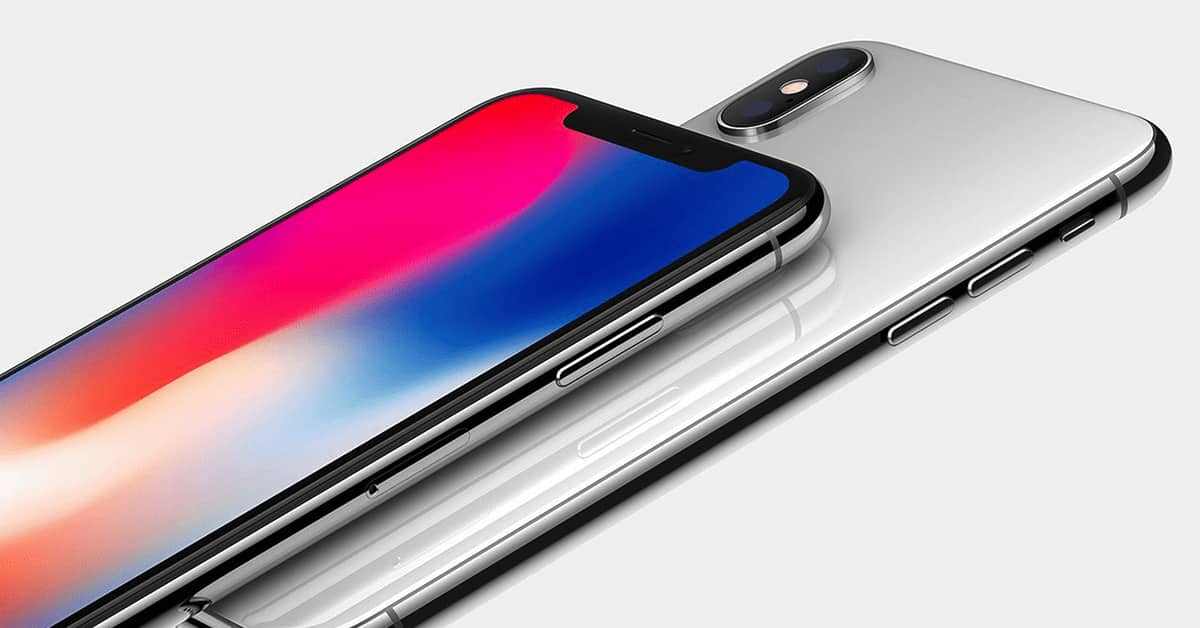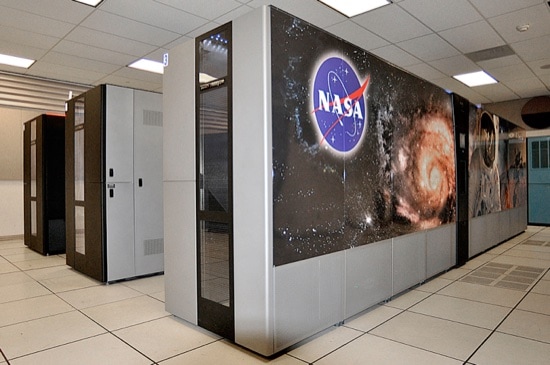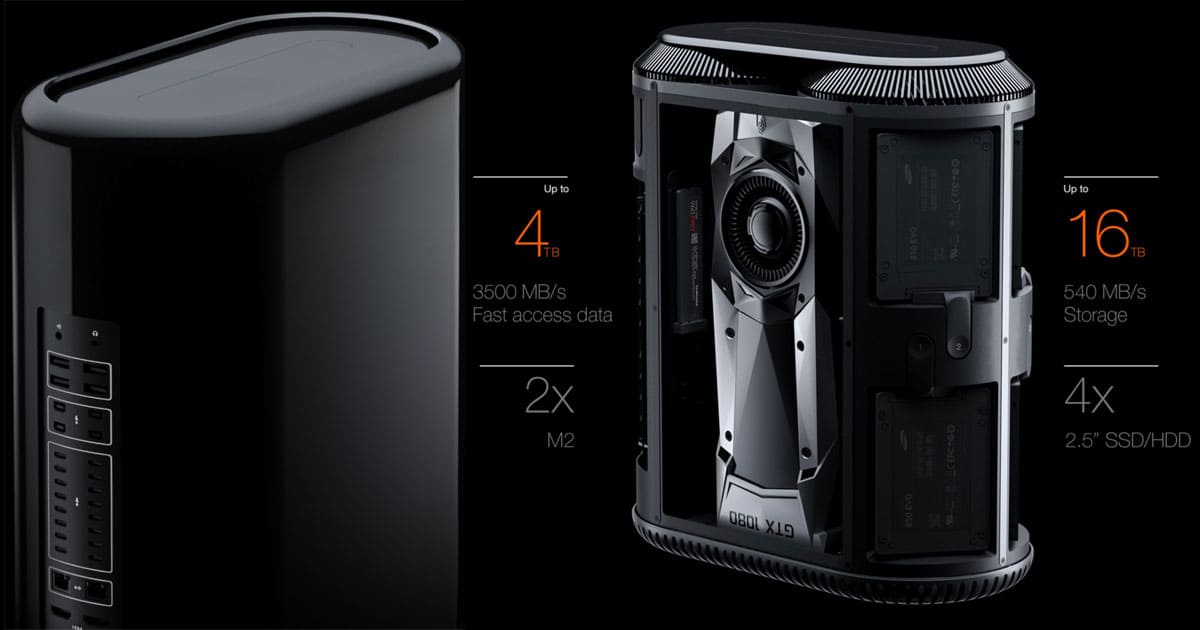Page 2 – News Debris For The Week of April 2nd
Money Can’t Always Buy Engineering R&D Success

Here’s a fun story, from Cult of Mac, full of insights into Apple operations. “Apple originally planned iPhone X for 2018.” It’s derived from a longer article from Mashable.
Does it seem strange that Apple would release two markedly different iPhone models, the iPhone 8 and 8 Plus and the radically different iPhone X, in the same year? If so, a new interview with Apple executives may help explain it: it wasn’t Apple’s original plan.
This article also helps us gain insights into the development of the 2019 Mac Pro. Sometimes, the R&D of hardware integration requires time and engineering savvy. Even trial and error. It’s a difficult process, working at the limits of technology, and more often than not, simply throwing money at the obstacles doesn’t accelerate the desired result. Sometimes luck prevails, sometimes not.
More Debris
• Stephen Silver at AppleInsider has delivered a sober, balanced analysis: “Compared: 2018 iPad versus the Acer Chromebook 11 in the school.” He covers all the key issues in light of educational realities. Good stuff.
• Watch and have fun as BGR’s Zach Espstein takes down an iOS rant by ZDNet’s Adrian Kingsley-Hughes. “A friendly takedown of the most ridiculous anti-Apple article we’ve seen in a long time.” This is how you do it: employ knowledge and experience to dissect shallow analysis. With gentle, deep wisdom, taste and humor.

• If the U.S. Department of Energy hadn’t invested in supercomputers at our National Laboratories, like Oak Ridge, Los Alamos, and Lawrence Livermore, we’d be way behind the Chinese today in that technology. And so one has to ask, what’s the role of the government in funding and developing AI? Are there strategic considerations that overrule mere business concerns? The MIT Technology Review weighs in: “Here’s how the US needs to prepare for the age of artificial intelligence.”
• The pioner of iPhone jailbreaking and father of Cydia, Jay Freeman, weighs in on the dying technology. “Jailbreaking pioneers say iPhone jailbreaking is dead.” It only took 10 years for Apple to close this door. It just goes to show how much hard work goes into securing the iPhone when smart people are determined to break in.
Finally, here’s a great tutorial for those into display technology. “MicroLED vs. TFT and OLED: Why Apple is interested in new display tech for future iPhone or Apple Watch.” It does a good job explaining why Apple will likely abandon OLED and move to MicroLED.
It nicely expands on and complements my own tutorial from 2016.
[A Primer: LCDs, OLEDs, Quantum Dots and MicroLEDs]
Particle Debris is a generally a mix of John Martellaro’s observations and opinions about a standout event or article of the week (preamble on page one) followed on page two by a discussion of articles that didn’t make the TMO headlines, the technical news debris. The column is published most every Friday except for holiday weeks.

John:
Some great reads here. Since I’m actually supposed to be working, I’ll confine my comments to the following.
First, Matthew Panzarino’s article on the 2019 Mac Pro provides useful insights into the Mac Pro’s development that provides a window into the likely thinking that will guide not only the Mac Pro’s, but other product line’s, specifically function over form served by workflow and modularity. Interestingly, in my line of work, given the ever expanding complexity of systems, be they clinical, laboratory or analytical, they are increasingly being governed by modularity in design, specifically in order to address an ever widening array of end user need. For most complex systems, the days of a one size fits all product are over. Even if if a given design can address the majority of use cases, there will be others, particularly in diversified use cases, that are not optimally or even adequately addressed. As complex systems, why should hardware be any different? This also underscores the need for workforce diversity, as only a representative workforce can ultimately produce a broadly representative and utilitarian product. As for the Mac Pro, I hope that this thinking will inform the development of the next gen MacBook Pro. I had to spring for an update to my venerable 2011 MBP when my son’s MBP died, with the 2017 TouchBar Kaby Lake powered MBP, which I had originally decided to bypass due to the anaemic 16 GB of RAM. While I appreciate the Touch Bar more than I anticipated, this is a device where form over-rode function (heat management in the thin housing).
Will Knight’s piece on AI should be a sobering read, not simply for Americans, but anyone who appreciates the analytical and developmental power that funded, directed research brings to development, including critical primary or basic research. When countries, including one as wealthy and powerful as the USA, opts against this investment, it not only fails to keep pace with well-resourced competitors, it bleeds talent whilst simultaneously discouraging the recruitment of fresh blood. This is precisely what happened with particle physics and decision not to build a super-collider in the USA. The centre of mass is now in CERN, including the talent. AI is the future workhorse of multiple industries, apart from the tech sector per se, be they transportation, logistics, medicine, and importantly the military. One should think that the top brass of any country know this, and would vociferously advocate for such investment. Well, the USA may not lead in AI, and be bettered by their enemies, but if it’s any consolation, they’ll have coal.
Malcolm Owen’s piece on MicroLED is both exciting as well as yet another example of Apple thinking several steps ahead and playing the long game. Can’t wait to see this in an upcoming Apple Watch, and what that will do for both form and function. Oh yes, and the iPhone and iPad.
Duty calls.
Very interesting articles, thank you.
Apple sure is trying to bring a lot of production in house.
Thank you.
The RAM limitation for MacBooks Pro is the CPUs don’t support 32GB of high speed RAM, only 16GB. Same thing for the much anticipated six core i9 slated for this year, so faster CPU, still only 16GB RAM, which really takes the sizzle out of new MacBooks Pro.
I have better hopes for iMac, and in my dreams Mac Mini, which should be a really desirable Mac – with the only compromise being display, keyboard, etc… but sadly, hasn’t yet.
About the ARM processors, see today’s Joy of Tech comic
http://www.geekculture.com/joyoftech/joyarchives/2505.html